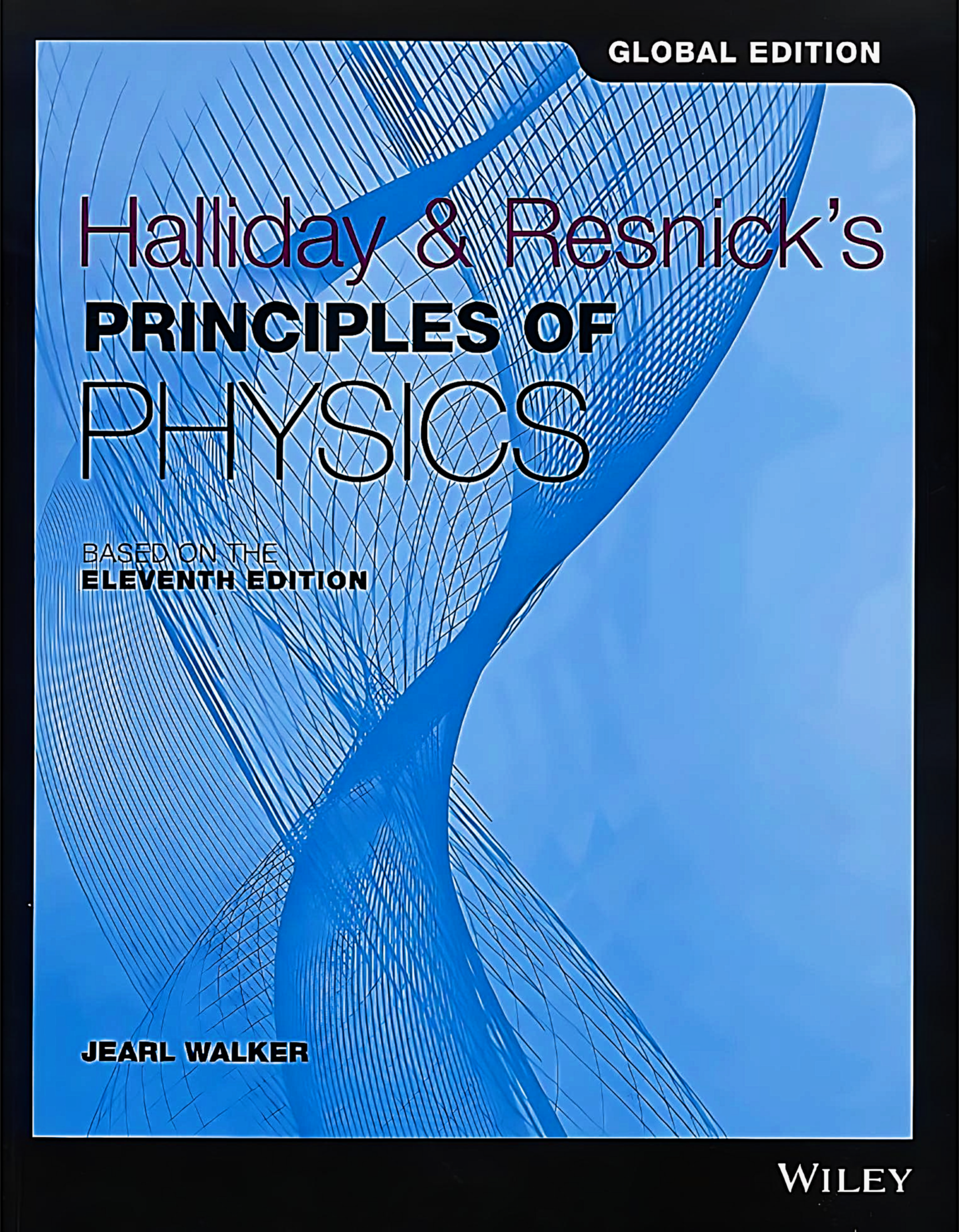Space and Time
- Classical Mechanics 1.2

from 「Principle of Physics」: Halliday & Rensick
Space
Space is one of the few fundamental quantities in physics, meaning that it cannot be defined via other quantities because nothing more fundamental is known at the present. Thus, similar to other fundamental quantities, space can be explored via measurement and experiment.
Since our space is 3-dimensional, the position of an object is expressed by a vector 3 coordinates.
Time
Time is defined by its measurement: time is what a clock reads. In non-relativistic physics, it is a scalar quantity and is usually described as a fundamental quantity.
Motion
Motion is the phenomenon in which an object changes its position with respect to time. Motion is mathematically described in terms of displacement, distance, velocity, acceleration, speed and frame of reference to an observer.
Position
For a position vector $\b{s}$ that is a function of time $t$ the derivatives can be computed with respect to $t$. The first two derivatives are frequently encountered in physics.
Velocity
Velocity is the rate of change of the velocity of an object with respect to time.
$\dps \b{v} = \odv{\b{s}}{t} $
Acceleration
Acceleration is the rate of change of the velocity of an object with respect to time.
$\dps \b{a} = \odv{\b{v}}{t} = \odvn{2}{\b{s}}{t} $
Speed
Speed is the magnitude of velocity.
$ v=\norm{\b{v}} $
